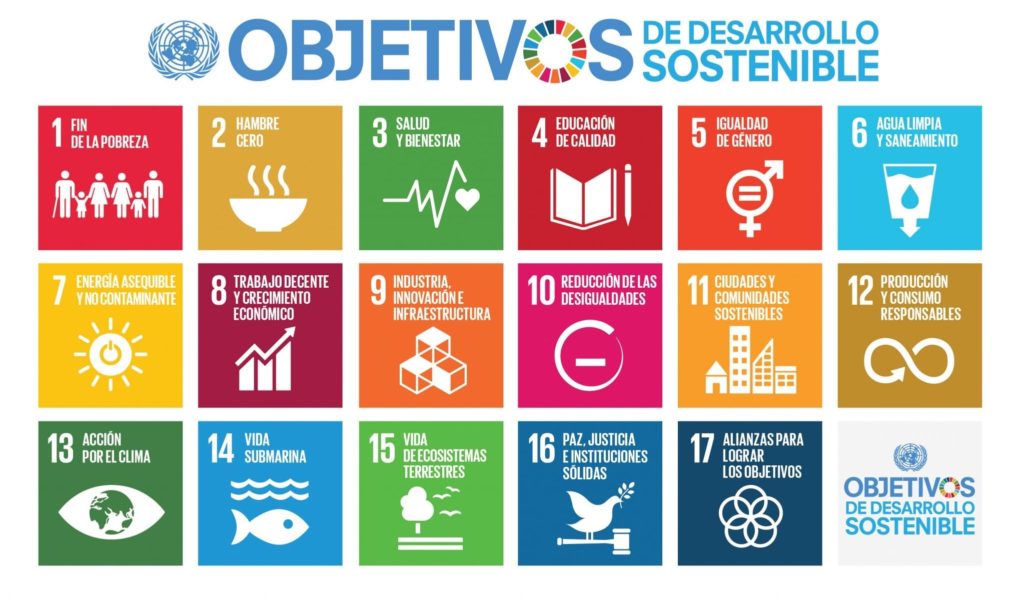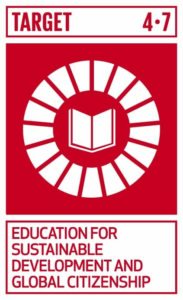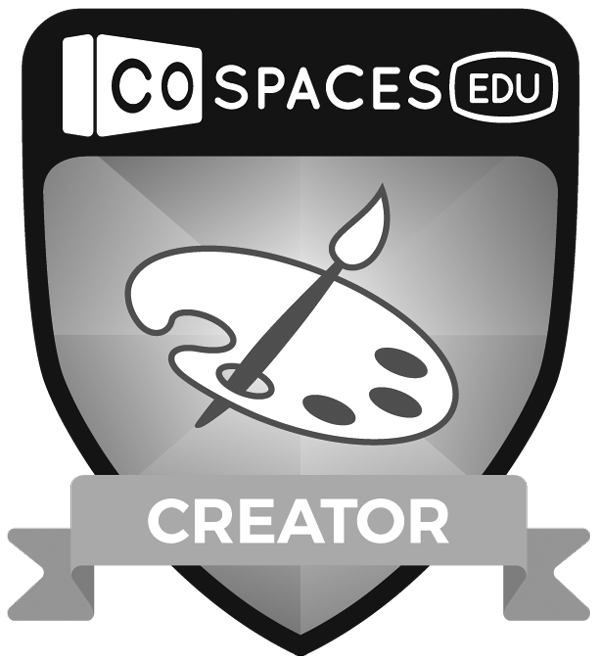We are very excited that you have landed on the IGNITE Serious Play website!
Our management team for Educational Programs in Sustainability, has created this space in order to share inspiration and resources for Education for Sustainable Development (ESD) based on the already known Sustainable Development Goals (SDGs). In this month of November we have the pleasure of welcoming a new collaborator, Maite Escribano, integrated into educational projects to raise school awareness around the SDGs.
You can find us on the different social networks that appear on the web and you can also write us an email at ods@igniteseriousplay.com in case you are interested in more personalized training or support in EDS.
Educational programs on sustainability and SDGs
The Sustainable Development Goals (SDGs) are the challenges of the future that have been compiled over the years on a global scale by the Organization of the United Nations (UN) and followed the Millennium Development Goals in 2015. They are part of the 2030 Agenda which is titled "Transforming our world: the 2030 Agenda for Sustainable Development."
There is a total of 17 objectives and 169 goals distributed among these main objectives and the period for their fulfillment ends in 2030. They were established at the country level, therefore addressing the management of the participating governments, but there are already different initiatives that bring these objectives to the business and regional administrations.
The new Sustainability Education Programs have become a key piece of competence in the curricular/extracurricular field, as a result of the Environmental Education Action Plan for Sustainability (PAEAS) promoted by the Ministry of Ecological Transition.
The IGNITE Serious Play pedagogical team, through different training programs, responds to the following objectives of the PAEAS:
1. Development of EAS projects with an interdisciplinary approach and generation of collaboration spaces in educational centers.
2. Increase in training offer in the field of sustainability and incorporation of learning objectives, skills and complementary activities with sustainability.
3. Incorporation of the EAS in the Center's Educational Project (PE).
4. Design of varied activities, in STEAM contexts and diverse themes, where students apply their skills in implementing actions for the transformation and improvement of their school, physical and social environment.
5. Coordination of STEAM activities and programs between educational centers and EAS facilities to establish synergies
The SDGs as a starting point for ESD
The SDGs currently provide us with a starting point for education and, in particular, Education for Sustainable Development (ESD) which offers several advantages.
Firstly, they represent the concept of sustainable development in its breadth and complexity.
Second, they are becoming a Universal language that not only countries and their governments speak, but also civil society, educational centers and companies.
Thirdly, they are accompanied by objective indicators to measure progress and make better decisions (so-called metrics).
With the purpose of implement a transversal ESD in an educational center, with the necessary scope of transformation, the SDGs give a lot of scope to begin to develop a program that is sufficiently broad and motivating and that can be integrated into the curriculum of all the subjects or areas that are currently worked on in primary and secondary education, and even university.
In the IGNITE Serious Play Sustainability Educational Programs, we use STEAM technological tools (such as Minecraft Education Edition), to improve the motivation and quality of student attention.
In the same way, we use STEAM technological tools to design and implement training with adults on the integration of the 2030 Agenda and the SDGs in a company or corporation.
While ESD contributes to all 17 SDGs, it remains of particular importance to the global education agenda enshrined in SDG 4, in which it features prominently:

ESD is a key element of quality education. Their transversal competencies in the cognitive, socio-emotional and behavioral dimensions of learning are relevant to all spheres of education. Its special emphasis on competencies related to empathy, solidarity and taking action can advance the advancement of SDG 4, building a future in which education contributes not only to individual successes, but also to collective survival and prosperity. of the world community.
Thus, ESD connects SDG 4 with all other SDGs. Goal 4.7 focuses exclusively on this end:
Target 4.7 is one of the key SDG targets that addresses the purpose and quality of education:
By 2030, ensure that all students acquire the theoretical and practical knowledge necessary to promote sustainable development, including through education for sustainable development and sustainable lifestyles, human rights, gender equality, advocacy of a culture of peace and non-violence, global citizenship and the valorization of cultural diversity and the contribution of culture to sustainable development.
In the next post we will explain what are the key competencies to introduce in Sustainability Educational Programs and how to introduce the SDGs transversally in the curricula.
More information about Sustainability Educational Programs at: https://igniteseriousplay.com/sostenibilidad/








